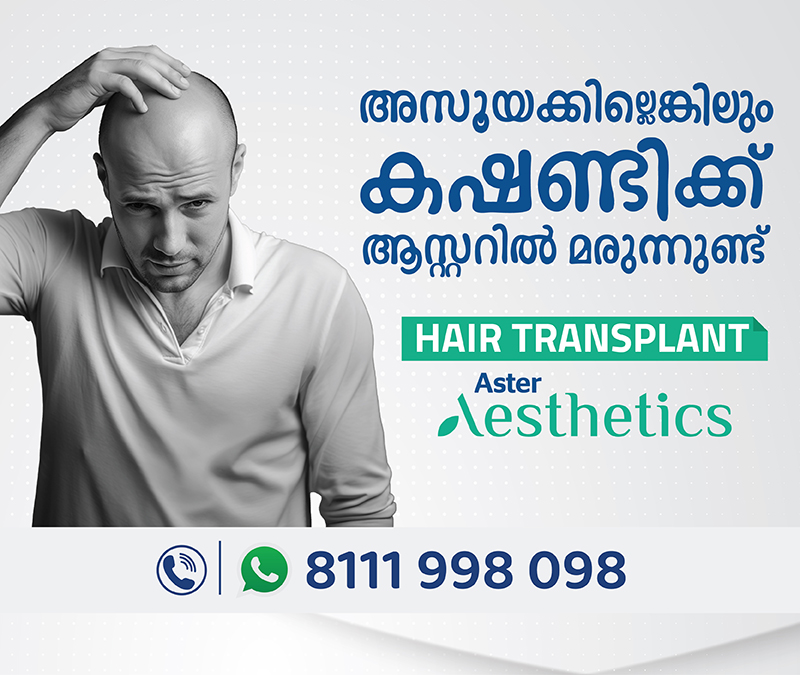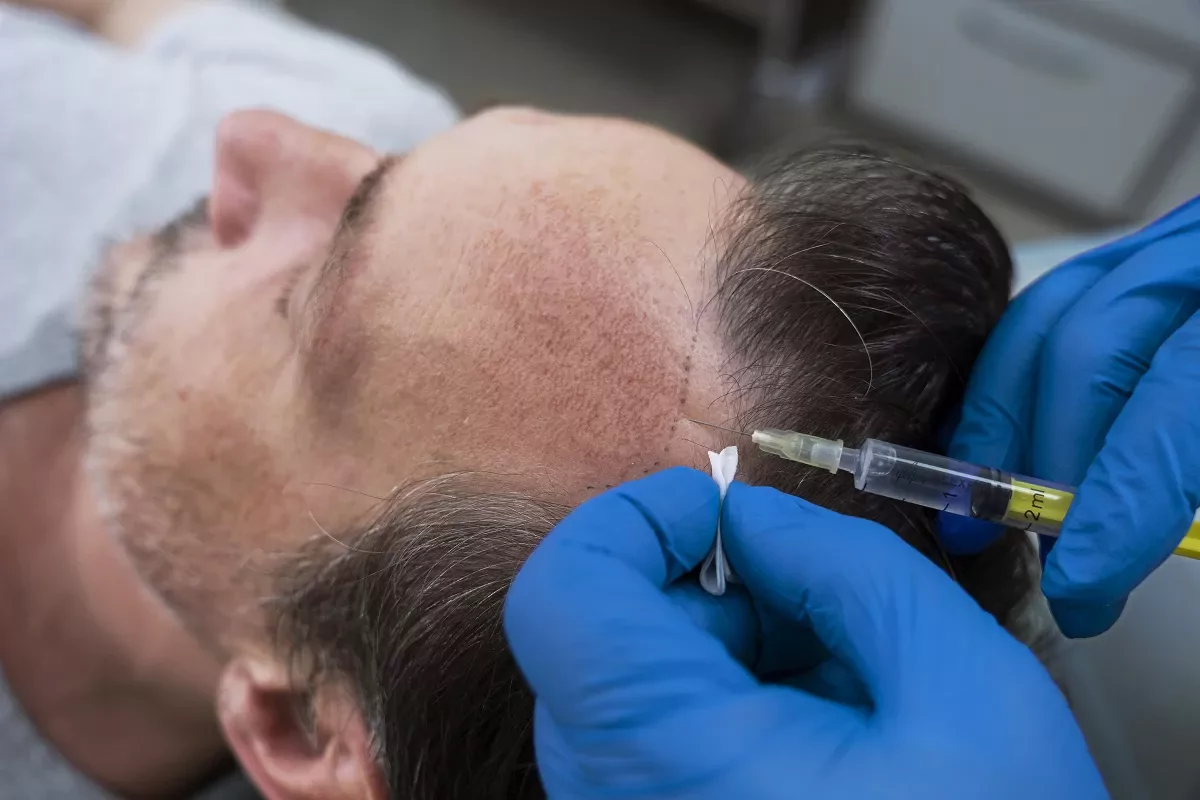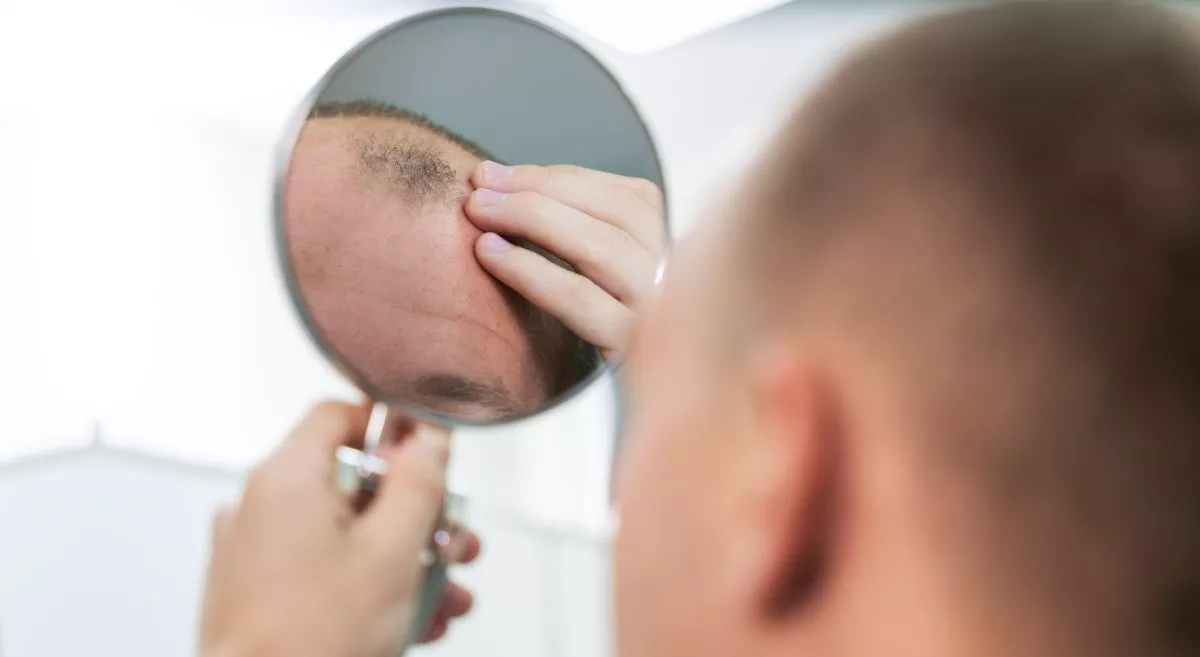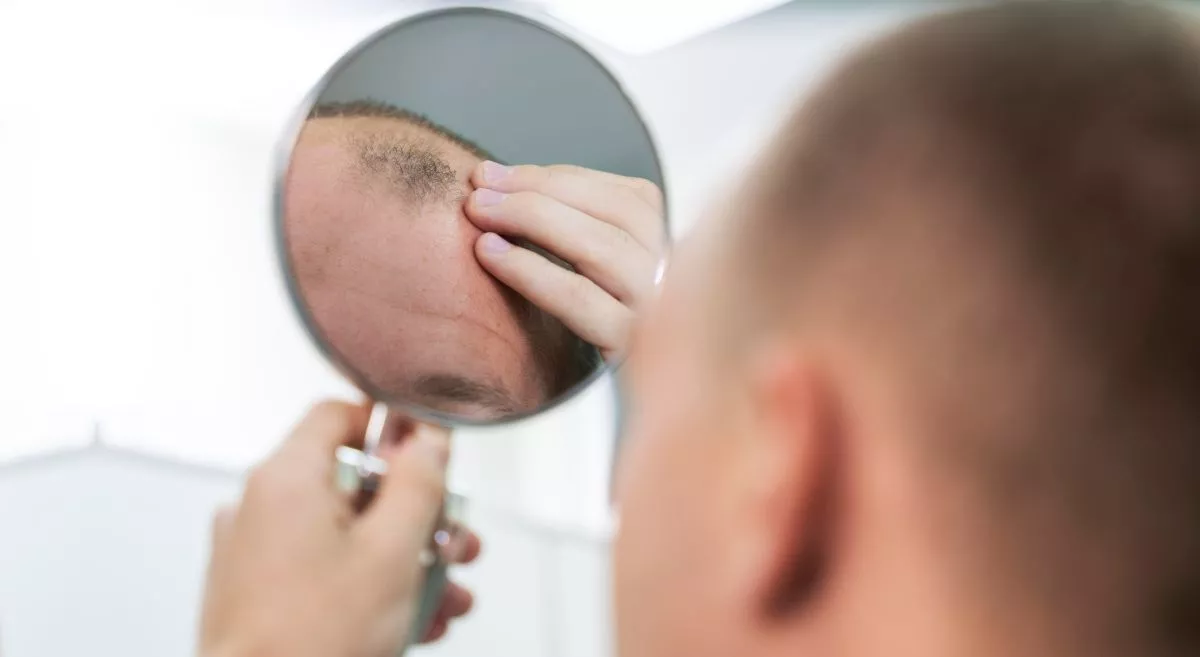What is Hair Transplant?
Hair transplant is a surgical procedure performed to address hair loss or thinning hair. It involves moving hair follicles from a donor area, typically the back or sides of the scalp, to the recipient area, which is usually the bald or thinning areas of the scalp.
Here's a general overview of the hair transplant procedure:
Donor area selection: The surgeon identifies the donor area where the hair follicles will be harvested. This area is chosen because it typically has a higher density of healthy hair follicles that are resistant to balding.
Harvesting of hair follicles: There are two main methods for harvesting hair follicles: follicular unit transplantation (FUT) and follicular unit extraction (FUE).
FUT: In this method, a strip of skin containing hair follicles is surgically removed from the donor area. The strip is then dissected into individual grafts, which contain one to a few hair follicles each.
FUE: With FUE, individual hair follicles are extracted directly from the donor area using a specialized instrument. The surgeon makes tiny incisions around each follicular unit to extract them one by one.
Preparation of the recipient area: The surgeon creates tiny incisions or recipient sites in the bald or thinning areas of the scalp. The size and angle of these incisions are crucial to achieving a natural-looking hairline and optimal hair growth.
Placement of hair follicles: The harvested hair follicles are carefully placed into the recipient sites, considering the direction, angle, and density to achieve a natural appearance. The surgeon may place the follicles individually or in groups, depending on the desired outcome.
Post-operative care: After the procedure, patients are provided with instructions on how to care for the transplanted area. This may include guidelines for washing the scalp, avoiding activities that could damage the grafts, and using prescribed medications or topical treatments to support healing and minimize potential complications.
Why and when Hair Transplant is recommended?
Hair transplant is recommended for individuals who are experiencing significant hair loss or thinning and desire to restore a fuller, more natural-looking head of hair. Here are some common reasons why hair transplant may be recommended:
Androgenetic alopecia (pattern baldness): The most common reason for hair transplant is androgenetic alopecia, a hereditary condition that causes progressive hair loss in a predictable pattern. Hair transplant can effectively address the areas of baldness or thinning caused by this condition.
Receding hairline: Hair transplant can be recommended for individuals with a receding hairline, where the hairline gradually moves backward, resulting in a more prominent forehead. Restoring the hairline with a hair transplant can help frame the face and improve overall facial aesthetics.
Thinning hair on the crown: Hair transplant can be beneficial for individuals with thinning hair on the crown of the scalp, also known as the vertex. By transplanting hair follicles to the thinning areas, the density and coverage can be improved.
Hair loss due to trauma or surgery: Hair transplant can be recommended for individuals who have experienced hair loss due to trauma, such as burns or accidents, or as a result of previous surgical procedures.
Hair loss due to scarring: Hair transplant may be an option for individuals with hair loss caused by scarring conditions, such as certain types of alopecia or previous surgeries that left visible scars on the scalp.
Lack of response to other treatments: Hair transplant may be considered for individuals who have tried other non-surgical hair restoration methods, such as medications or topical treatments, without achieving satisfactory results.
How does Hair Transplant differ from other treatment options?
Hair transplant differs from other treatment options for hair loss in several ways. Here are some key differences:
Permanent solution: Hair transplant is a permanent solution for hair loss. During the procedure, healthy hair follicles are transplanted from the donor area to the recipient area, where they continue to grow naturally. These transplanted hairs are typically resistant to balding and will continue to grow for the rest of your life.
Natural-looking results: Hair transplant provides natural-looking results because the transplanted hair follicles are taken from your own scalp. Skilled surgeons carefully design the hairline and place the follicles at the correct angles and densities to mimic the natural growth pattern of your hair. This helps achieve a seamless integration with the existing hair, creating a natural appearance.
Customizable and tailored approach: Hair transplant allows for a customized and tailored approach to address individual needs. The surgeon can design the hairline according to your facial features and desired outcome, ensuring a personalized result that suits your unique appearance.
Treatment of specific areas: Hair transplant allows for targeted treatment of specific areas of hair loss. Whether it's the receding hairline, the crown, or other areas of the scalp, hair transplant can focus on those specific regions, providing targeted restoration where it is most needed.
Long-lasting results: Hair transplant offers long-lasting results compared to other treatment options. Once the transplanted hair follicles establish a blood supply in the recipient area and start growing, they will continue to do so for a lifetime. This long-term hair growth ensures that the results of a hair transplant are durable and sustainable.
No or very minimal ongoing maintenance: Unlike some non-surgical treatment options, such as medications or topical treatments, hair transplant does not require ongoing maintenance. Once the transplanted hairs start growing, they can be treated and styled just like your natural hair. There is no need for daily application of products or medications to maintain the results.
How is life after Hair Transplant?
Life after hair transplant can be significantly improved for individuals who have experienced hair loss or thinning. Here are some aspects of life after hair transplant:
Improved self-confidence: Hair loss can have a significant impact on self-esteem and confidence. After a successful hair transplant, many individuals experience a boost in self-confidence. Restoring a fuller head of hair can help enhance one's self-image and improve overall self-assurance.
Natural-looking results: With modern techniques and skilled surgeons, hair transplants can achieve natural-looking results. The transplanted hair blends seamlessly with existing hair, creating a natural appearance. As the transplanted hair grows, it can be styled and treated just like the rest of your hair, allowing you to enjoy a natural and full head of hair.
Freedom in hairstyles: Hair transplant provides individuals with the freedom to style their hair as they desire. Whether it's trying out different hairstyles, growing hair longer, or trimming it short, the transplanted hair allows for versatility in styling options.
Improved social interactions: Hair loss can sometimes lead to self-consciousness in social situations. Restoring a fuller head of hair through a hair transplant can help individuals feel more at ease in social settings, allowing them to engage more confidently in social interactions.
Career and personal opportunities: Hair loss can impact one's professional and personal life. Restoring hair through a hair transplant can positively influence career prospects, especially in industries where appearance is important. Additionally, individuals may feel more confident in personal relationships and dating situations.
Minimal maintenance: After the initial recovery period, hair transplants require minimal maintenance. The transplanted hair can be washed, styled, and cared for like natural hair. There is no need for special shampoos or ongoing treatments.
Long-term results: Hair transplant provides long-term results. Once the transplanted hair follicles establish themselves, they are typically resistant to the effects of balding. This means that the hair you gain from the transplant is likely to be a permanent solution, allowing you to enjoy a fuller head of hair for years to come.
Aster Hair Restoration Clinic
Aster Hair Restoration Clinic operating under Aster Aesthetics opens a new level of confidence with new possibilities in hair transplant, rebounding, and restoration. It aims to provide world-class services to individuals seeking effective and long-lasting solutions for hair loss. Our expert fix hair fall and baldness minimally invasive, safe, pain and scar free procedures.
The clinic offers a wide range of advanced treatment options that include hair transplantation to combat hair loss and baldness,Platelet-Rich Plasma (PRP) therapy to harness the regenerative properties of the patient’s blood to stimulate hair growth and health, scalp Micropigmentation where depositing pigments on the scalp is used to create the appearance of a closely cropped hairstyle, effectively camouflaging baldness or thinning hair, microblading of Eyebrows, a semi-permanent makeup technique that creates natural-looking, fuller eyebrows.
FAQs
At Aster Hospitals we provide the highest quality of care and a transformative experience for all your healthcare needs. With our network of multi-speciality hospitals, specialised doctors, and world-class technology, we bring global standards of medical care to our patients.
Am I a suitable candidate for a hair transplant?
Suitability for a hair transplant depends on various factors, including the extent of hair loss, the availability of sufficient donor hair, the stability of hair loss, and overall health. A
consultation with a qualified hair transplant surgeon is necessary to determine if you are a suitable candidate.
How long does the recovery period last?
The recovery period after a hair transplant varies from person to person. Generally, the initial healing phase lasts about 1 to 2 weeks, during which scabs or crusts may form at the transplant sites. These crusts usually fall off within 10 days to 2 weeks. Full recovery, including the growth of new hair, can take several months.
Is hair transplant a painful procedure?
Hair transplant procedures are typically performed under local anesthesia, which numbs the surgical area and minimizes pain during the procedure. Some patients may experience mild discomfort or soreness in the donor and recipient areas after the surgery, but this can be managed with prescribed pain medications.
Are there any risks or complications associated with hair transplant?
As with any surgical procedure, there are risks and potential complications associated with hair transplant. These can include bleeding, infection, scarring, and an unnatural-looking hairline if not performed by a skilled surgeon. However, when performed by a qualified professional, the risks are generally low.
Blogs
The source of trustworthy health and medical information. Through this section, we provide research-based health information, and all that is happening in Aster Hospital.








